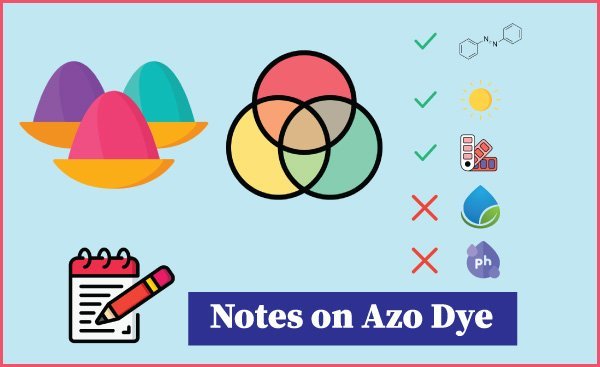Cotton Fibre and Yarn Quality Co-Relation
Instead of buying any cotton available at the lowest price, spin it to produce yarn if highest count possible and selling yarn at any market at random. It is advisable to locate a good market where yarn can be ….. Read More


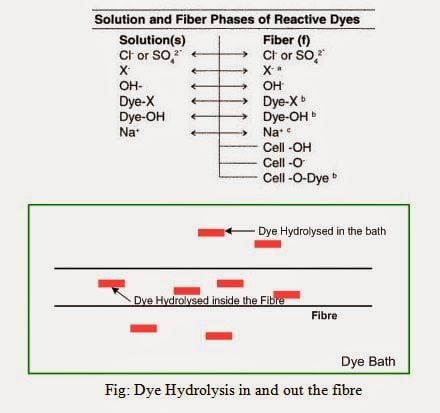
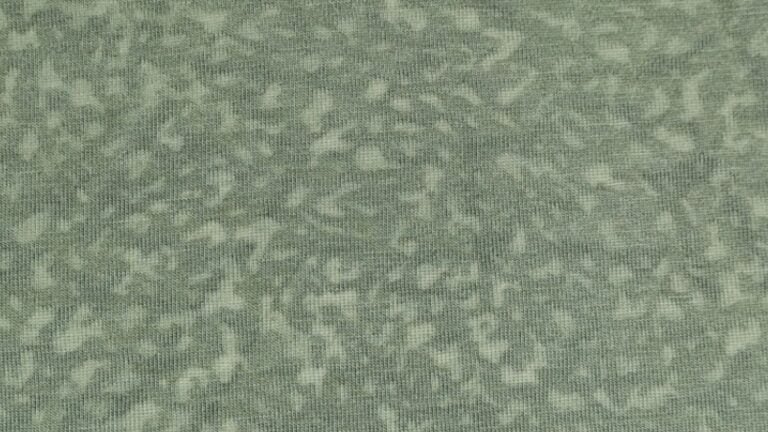

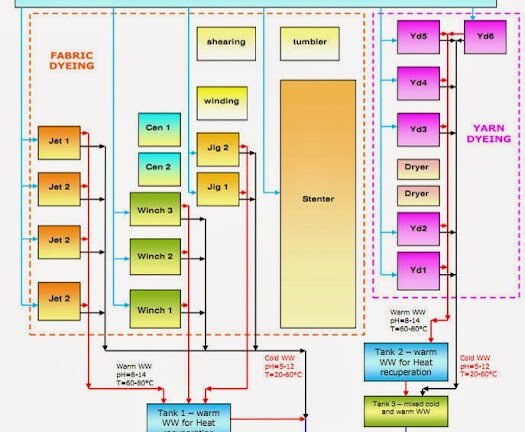

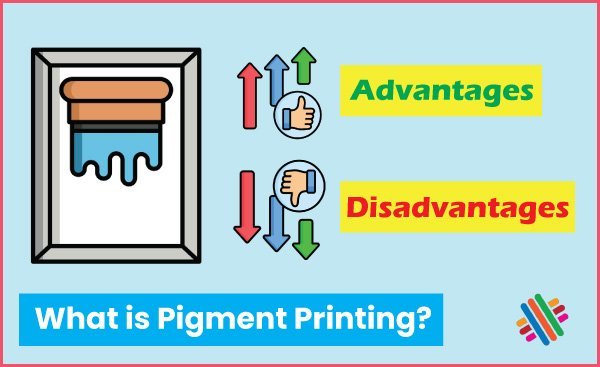
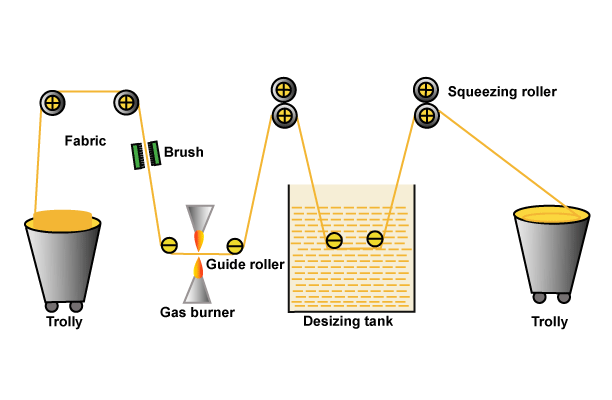
![An Overview of Sulphur Dye [A to Z]](https://textileapex.com/wp-content/uploads/2023/08/sulphur-dye.jpg)
